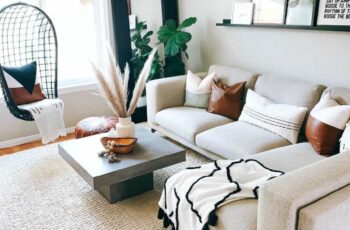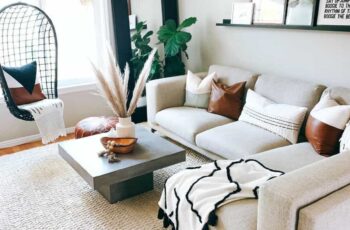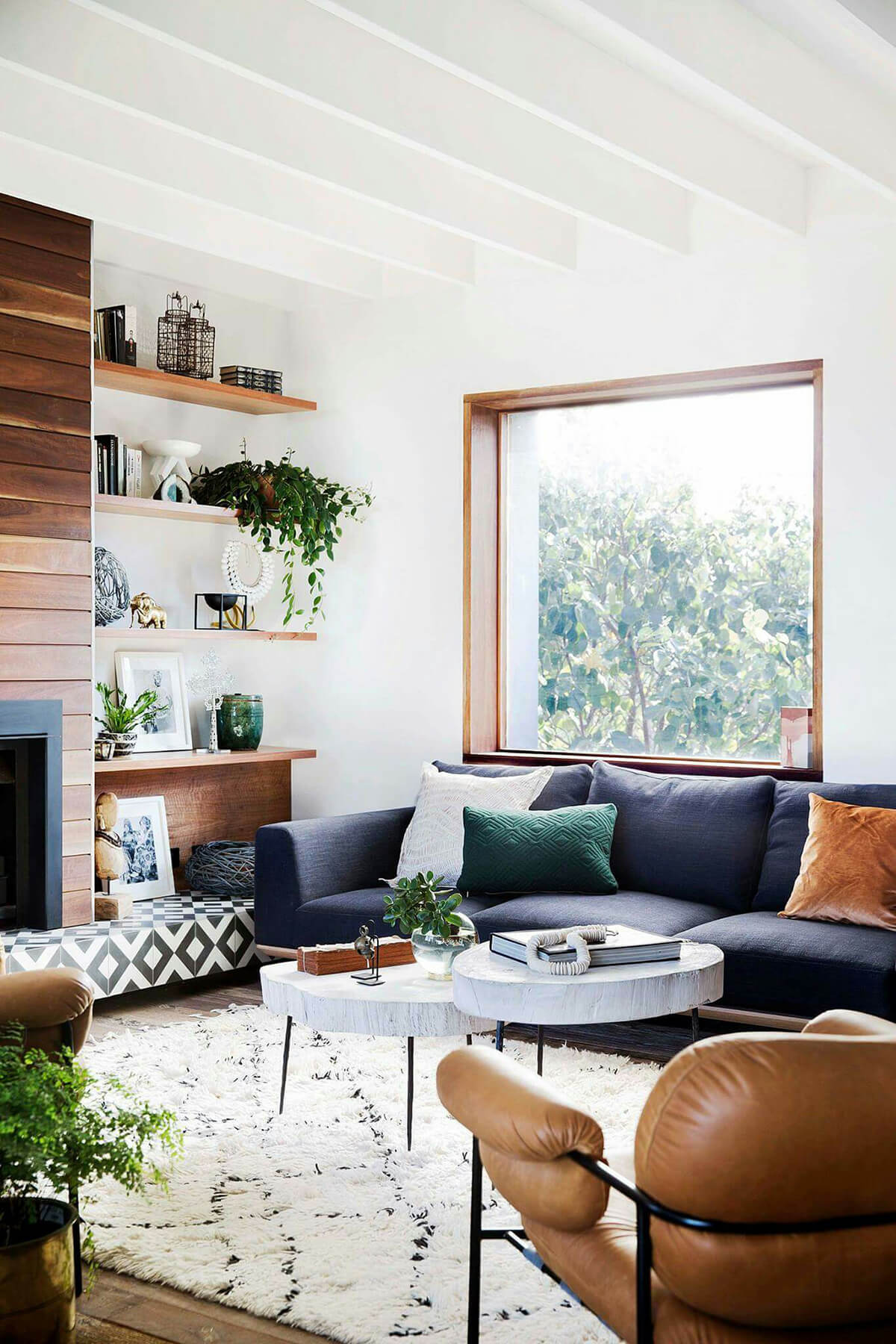
Transforming Your Sanctuary: The Ultimate Guide to Idea Living Room Decor
The living room, often hailed as the heart of the home, is more than just a collection of furniture; it’s a sanctuary, a gathering space, and a canvas for personal expression. It’s where memories are made, stories are shared, and comfort reigns supreme. Crafting an ideal living room involves a delicate balance of aesthetics, functionality, and personal resonance. It’s about creating a space that not only looks stunning but also feels deeply inviting and reflects your unique lifestyle.
This comprehensive guide will walk you through the myriad ideas for living room decor, from foundational principles to the smallest finishing touches, empowering you to design a space that truly embodies your vision.
I. The Foundation: Defining Your Vision
:strip_icc()/103248739-975b8520d15043afb7d8181972e0388b.jpg)
Before you even think about paint swatches or sofa styles, the most crucial step is to define what your living room needs to be.
A. Understanding Your Lifestyle & Needs:
Who uses this room, and for what purpose?
- Family Hub: If it’s a bustling family space, durability, comfort, and ample seating are paramount. Think stain-resistant fabrics and child-friendly layouts.
- Entertainer’s Dream: For frequent hosts, focus on conversational seating arrangements, accessible surfaces, and adaptable lighting.
- Quiet Retreat: If it’s your personal haven for reading and relaxation, prioritize plush textures, soft lighting, and perhaps a dedicated reading nook.
- Multi-functional Space: Many living rooms juggle multiple roles. Consider modular furniture, clever storage solutions, and zoning strategies.
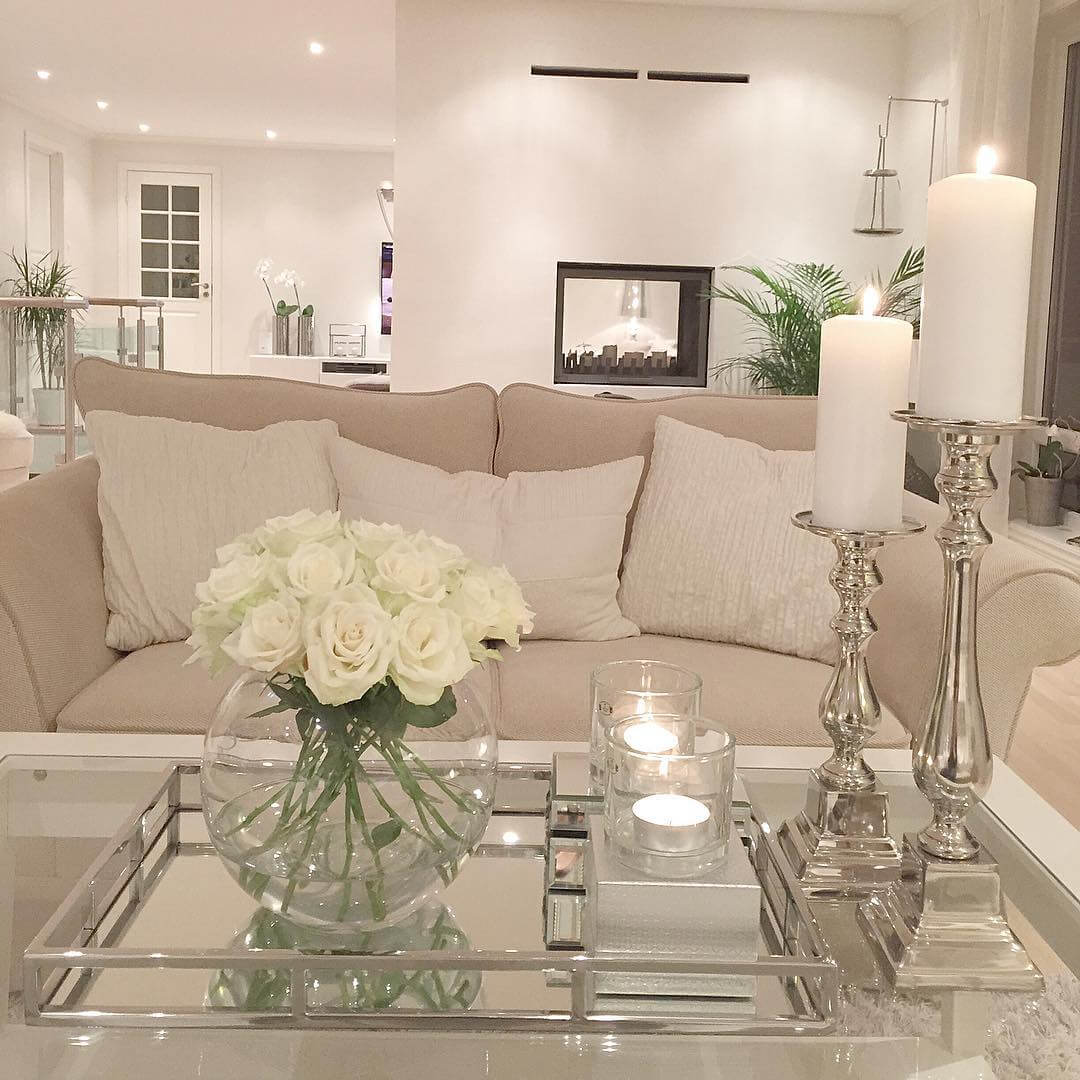
B. Discovering Your Decorating Style:
Your living room should tell your story. Explore different aesthetic styles to find what resonates with you:
- Modern: Clean lines, minimalist, often monochromatic with pops of color. Focus on functionality and form.
- Bohemian: Eclectic, global-inspired, layered textures, natural materials, vibrant colors, often with vintage finds.
- Scandinavian: Simplicity, functionality, natural light, light wood tones, neutral palettes, cozy textiles (hygge).
- Farmhouse: Rustic charm, natural wood, distressed finishes, comfortable furniture, warm neutrals, vintage accents.
- Traditional: Classic elegance, ornate details, rich wood, deep colors, symmetrical arrangements, timeless pieces.
- Industrial: Raw materials (exposed brick, metal), utilitarian furniture, reclaimed elements, neutral palettes.
- Coastal: Light and airy, natural fibers, blues and greens, white and sandy tones, nautical elements, relaxed feel.
- Transitional: A blend of traditional and modern, offering a classic, timeless feel without being too formal or too stark.
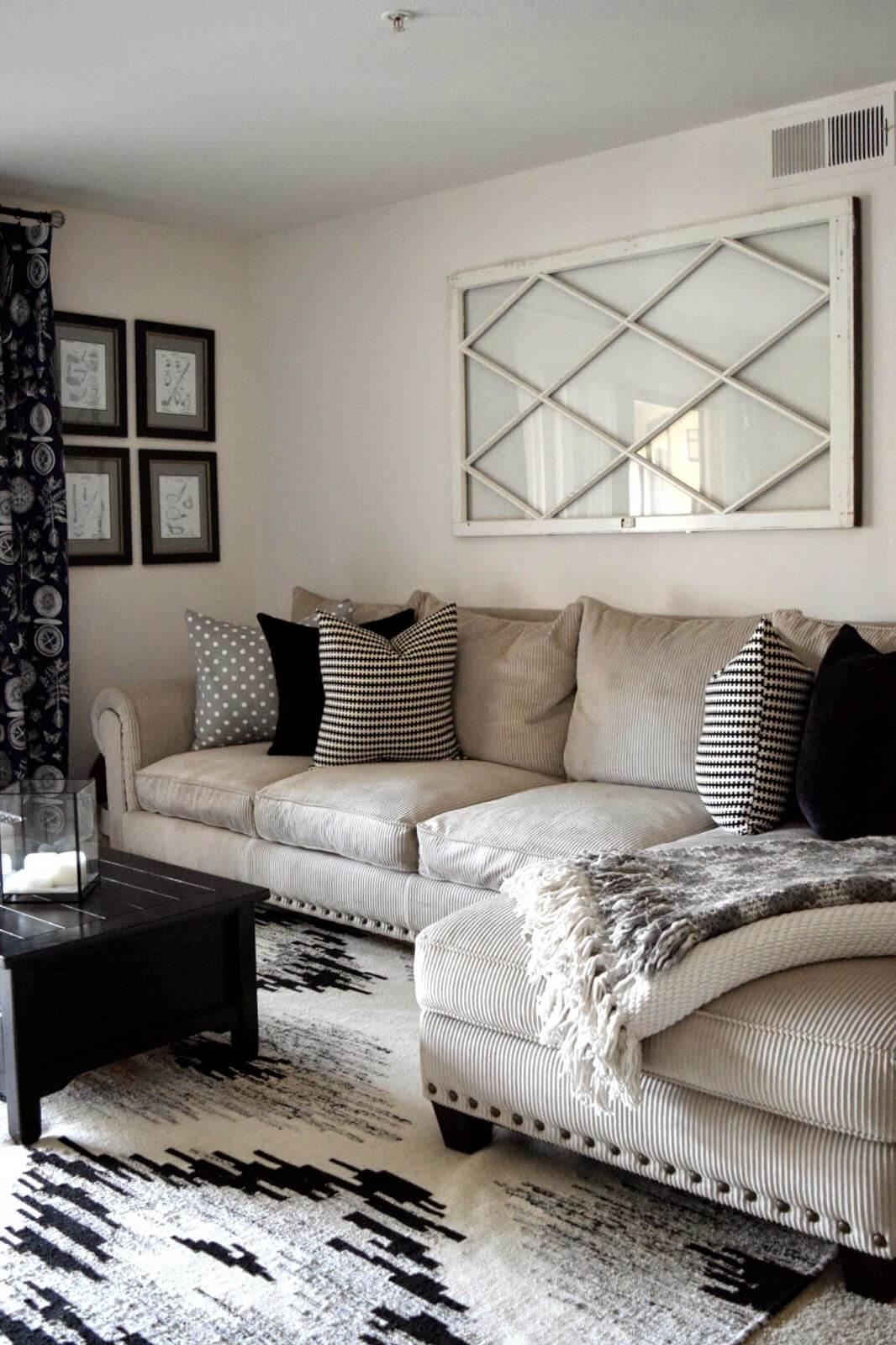
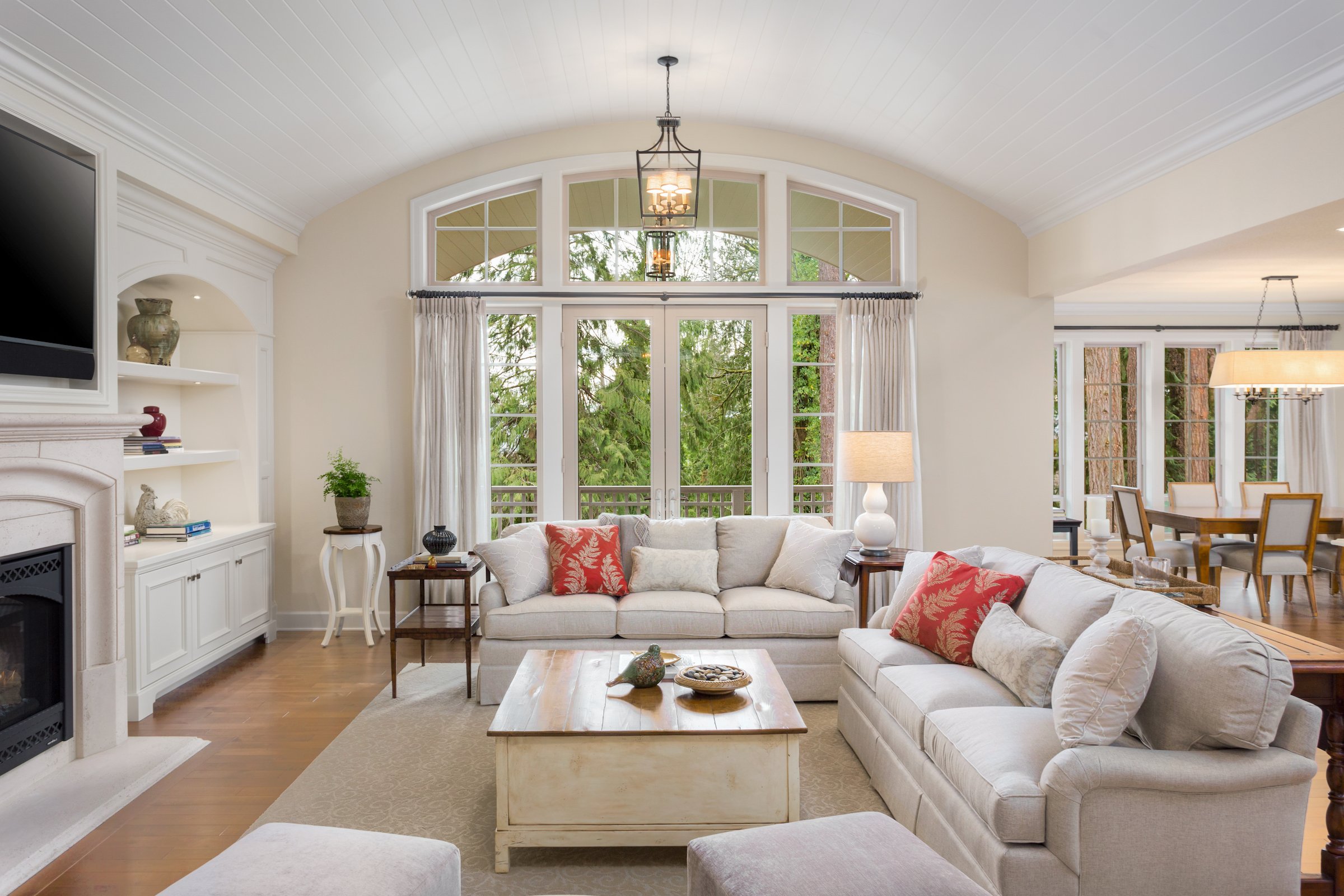
Gather inspiration from magazines, Pinterest, Instagram, and even hotels or friends’ homes. Create a mood board to visualize your chosen aesthetic.
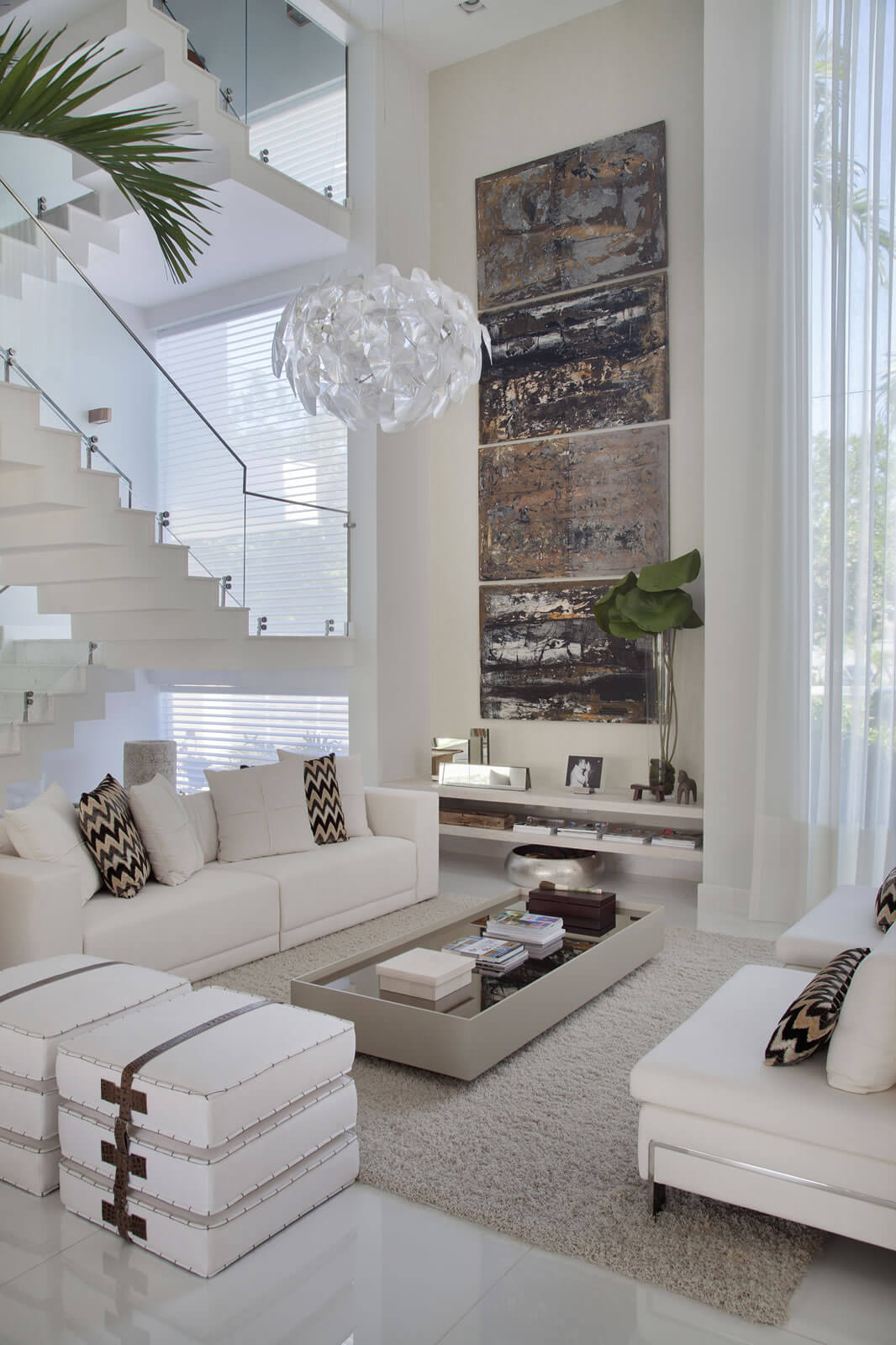
C. Setting a Budget:
Be realistic about what you can spend. Prioritize key pieces (sofa, rug) and then allocate funds for secondary items and accessories. Remember, a stunning room doesn’t require a limitless budget; creativity and resourcefulness go a long way. Thrift stores, DIY projects, and strategic sales can yield incredible finds.
II. Core Elements of Living Room Design
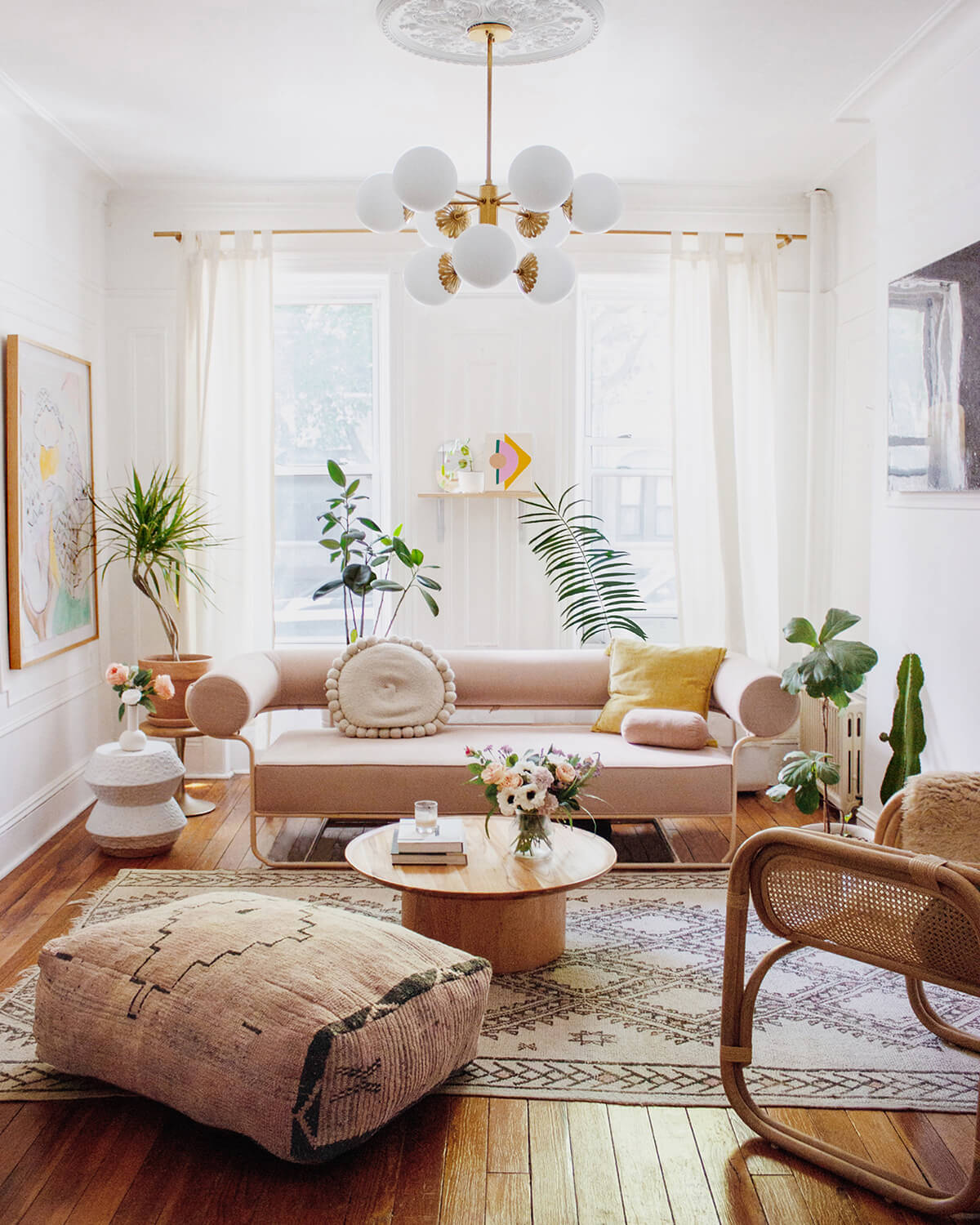
Once your vision is clear, it’s time to delve into the tangible elements that bring your living room to life.

A. Layout and Furniture Placement: The Blueprint of Flow
The layout dictates flow, comfort, and conversation.
- Focal Point: Identify your room’s natural focal point (fireplace, large window, TV) and arrange furniture around it. If there isn’t one, create one with a large piece of art or a statement furniture item.
- Conversation Areas: Arrange seating to encourage interaction. Sofas and chairs should be close enough for comfortable conversation without shouting.
- Traffic Flow: Ensure clear pathways through the room. Avoid blocking doorways or creating awkward bottlenecks. Aim for at least 3 feet of clearance for main pathways.
- Scale and Proportion: Choose furniture that is proportionate to the room size. An oversized sofa in a small room will feel cramped, while tiny pieces in a large room will look lost. Measure everything!
- Key Furniture Pieces:
- Sofa: The anchor. Choose one that fits your style and comfort needs.
- Armchairs/Accent Chairs: Provide additional seating and opportunities to introduce different textures or patterns.
- Coffee Table: Serves as a central surface. Ensure it’s reachable from all seating and proportional to your sofa.
- Side Tables: Essential for lamps, drinks, and decor.
- Storage: Bookshelves, consoles, or ottomans with hidden storage help keep clutter at bay.
B. The Power of Color: Setting the Mood
Color profoundly impacts mood and perception of space.
- Palette Selection:
- Neutral Base: Whites, greys, beiges, and creams provide a versatile backdrop that allows other elements to shine.
- Warm Colors (Reds, Oranges, Yellows): Create a cozy, energetic, and inviting atmosphere.
- Cool Colors (Blues, Greens, Purples): Evoke calm, serenity, and can make a room feel larger.
- The 60-30-10 Rule: A classic design principle where 60% of the room is your dominant color (walls, large furniture), 30% is a secondary color (curtains, accent chairs), and 10% is an accent color (pillows, art, accessories).
- Application: Don’t limit color to walls. Introduce it through upholstery, rugs, curtains, and artwork. Consider an accent wall for a pop of drama.
C. Illuminating Your Space: Lighting Layers
Good lighting is crucial for both functionality and ambiance. Think in layers:
- Ambient Lighting: General illumination for the whole room (e.g., overhead fixtures, recessed lights).
- Task Lighting: Focused light for specific activities (e.g., reading lamps next to a sofa, floor lamps for hobbies).
- Accent Lighting: Highlights features, creates mood (e.g., dimmable lamps, picture lights, uplights for plants).
- Natural Light: Maximize it! Keep window treatments simple or sheer if privacy isn’t an issue. Mirrors strategically placed can amplify natural light.
- Dimmers: Install dimmers on all light fixtures to easily adjust the mood from bright and functional to soft and intimate.
D. Texture and Textiles: Adding Depth and Warmth
Texture adds visual and tactile interest, preventing a room from feeling flat.
- Rugs: An area rug anchors the space, defines zones, adds warmth, and introduces color and pattern. Ensure it’s large enough for at least the front legs of all main seating pieces to rest on it.
- Throws and Pillows: Easy, affordable ways to add color, pattern, and softness. Mix different textures like chunky knits, faux fur, velvet, linen, and cotton.
- Curtains/Drapery: Provide privacy, light control, and frame your windows. Choose fabrics that complement your style – sheer for airy, velvet for luxurious, linen for relaxed.
- Upholstery: Consider the texture of your sofa and chairs – a soft chenille, durable tweed, or sleek leather.
E. Art and Accessories: The Personal Touch
These are the elements that inject personality and complete the look.
- Artwork: Choose pieces that speak to you. Consider scale (large art for impact, gallery walls for a curated look). Hang art at eye level (center of the piece roughly 57-60 inches from the floor).
- Mirrors: Reflect light, make a room feel larger, and add a decorative element.
- Greenery: Plants bring life, freshness, and natural beauty into the space. Choose plants appropriate for your light conditions and level of care.
- Decorative Objects: Vases, sculptures, candles, curated books, travel souvenirs – display items that have meaning or aesthetic appeal. Arrange them in vignettes (small curated displays). The "rule of three" often works well for grouping objects.
- Bookshelves: Style them with a mix of books, decorative objects, and framed photos. Leave some negative space to prevent a cluttered look.
F. Walls and Floors: The Canvas
These foundational elements set the stage for everything else.
- Walls: Paint is the most common and transformative option. Consider wallpaper for an accent wall or a bold pattern for a smaller space. Wall paneling or wainscoting can add architectural interest.
- Flooring: Hardwood floors offer warmth and durability, often softened with area rugs. Carpet provides softness and sound absorption but can make a room feel smaller.
III. Navigating Specific Challenges & Opportunities
Every living room is unique, and some present specific design considerations.
A. Small Living Rooms:
- Multi-functional Furniture: Ottomans with storage, sofa beds, nesting tables.
- Vertical Space: Utilize tall bookshelves, wall-mounted shelving, and floor-to-ceiling curtains to draw the eye upwards.
- Light Colors: Lighter wall colors and furniture can make a room feel more expansive.
- Mirrors: Strategically placed mirrors can visually double the space.
- Leggy Furniture: Furniture with exposed legs creates an illusion of openness, allowing light to pass underneath.
- Declutter: Less is truly more in a small space. Keep only essential items.
B. Open-Concept Spaces:
- Zone Definition: Use large area rugs, strategic furniture placement (e.g., back of a sofa to delineate a dining area), and shelving units as room dividers.
- Cohesive Palette: Maintain a consistent color scheme and style throughout the entire open space to ensure flow.
- Lighting: Use different lighting strategies to define zones (e.g., a pendant light over the dining area, floor lamps in the living area).
- Flow: Ensure there’s a natural progression between zones.
C. Incorporating Technology Seamlessly:
- Cable Management: Hide unsightly wires with cable ties, sleeves, or behind furniture.
- TV Integration: Consider a media console that blends with your decor, or a Frame TV that doubles as art when off.
- Smart Home Devices: Choose devices that complement your aesthetic or can be hidden.
IV. The Finishing Touches & Evolution
Your living room isn’t a static museum exhibit; it’s a living, breathing space that should evolve with you.
A. The Importance of Decluttering:
Even the most beautifully designed room can feel chaotic if it’s cluttered. Regularly purge unnecessary items. Everything should have a home.
B. Styling Surfaces:
Treat coffee tables, console tables, and bookshelves as opportunities for curated displays. Use varying heights, textures, and a mix of personal items with decorative objects. Think in odd numbers (like three or five) for grouping.
C. Letting Your Space Evolve:
Don’t be afraid to rearrange furniture, swap out pillows, or update artwork seasonally. A living room should feel dynamic and respond to your changing tastes and needs. It’s okay to experiment and make changes over time.
Conclusion
Designing your ideal living room is a journey of self-discovery and creative expression. By thoughtfully considering your lifestyle, defining your style, and meticulously layering the elements of color, light, texture, and personal touches, you can transform a mere room into a truly inviting and functional sanctuary. Remember, the goal isn’t just to achieve a picture-perfect space, but to create a living room that feels authentically yours – a place where comfort, connection, and cherished moments flourish. Embrace the process, enjoy the transformation, and create the living room of your dreams.
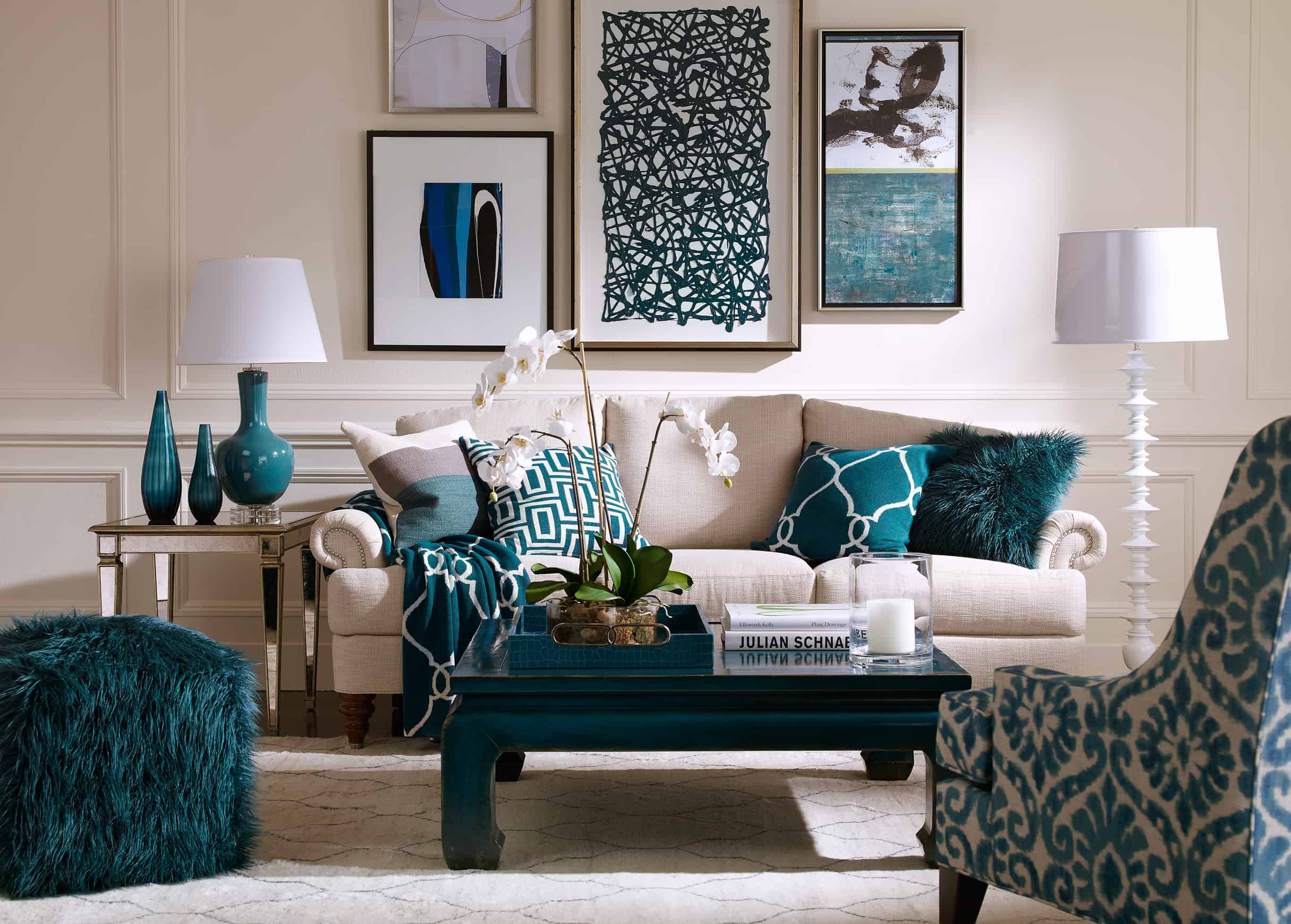
Transforming Your Sanctuary: The Ultimate Guide to Idea Living Room Decor pictures collections gallery
Transforming Your Sanctuary: The Ultimate Guide to Idea Living Room Decor is a nice pictures and stock photo for your computer desktop or your smartphone device (ipad, tablet, blackberry, iphone, and other device) and also for your personal use. Free available for desktop wallpaper or additional image collections for your all needs. And was uploaded by admit at date August 3, 2025. You can download it in your computer by clicking download button to save image... have nice day and have fun guys..
This 1 image in featured post from 0 Photos/images Gallery and awesome picture selections about Transforming Your Sanctuary: The Ultimate Guide to Idea Living Room Decor is available to download. "Download & Save" images/pictures/wallpapers now and this Is one of the post that listed in packed to Category is Living Room Design Ideas directory, with image dimension/resolution size is 1200 × 1800 px and size image/picture file is 242 KB with original link post ID is : https://powae.pw/transforming-your-sanctuary-the-ultimate-guide-to-idea-living-room-decor/. Get download/save images in post and gallery, "download" images or "preview" it on a bigger image for spesification sample in Large size (full attachment size) here : [Download & View to Large size]. Just Simple way, in thumbnail or in Gallery. *Click images to view Large Size.We collect this wonderful image from online and choose one of the best for you. Pictures collection that posted here was carefully chosen and published by author after choosing the ones which are best among the others. So, ultimately we make it and here these list of best image for your inspiration and informational reason regarding the Transforming Your Sanctuary: The Ultimate Guide to Idea Living Room Decor as part of blogsite exclusive updates collection. So, take your time and find the best informations and pictures posted here that suitable with your needs and use it for your own collection and personal use. About Image information: Image has been submitted and You are able to give your opinion as evaluations to our web site value.
Don't forget to comment if you interest with this images, you can share this post to social media like as facebook, twitter, google+, pinterest, stumbleupon, and more. just click social media buttons for share this post Transforming Your Sanctuary: The Ultimate Guide to Idea Living Room Decor Now. :)
Thanks for your visit, I hope you happy come to opo wae, wis opo wae, and get what you're looking for. And hope sometimes you will come back again here. All you need to do is help us develop by discussing this Transforming Your Sanctuary: The Ultimate Guide to Idea Living Room Decor if you like it "leave your comment". have fun, Thank you.



